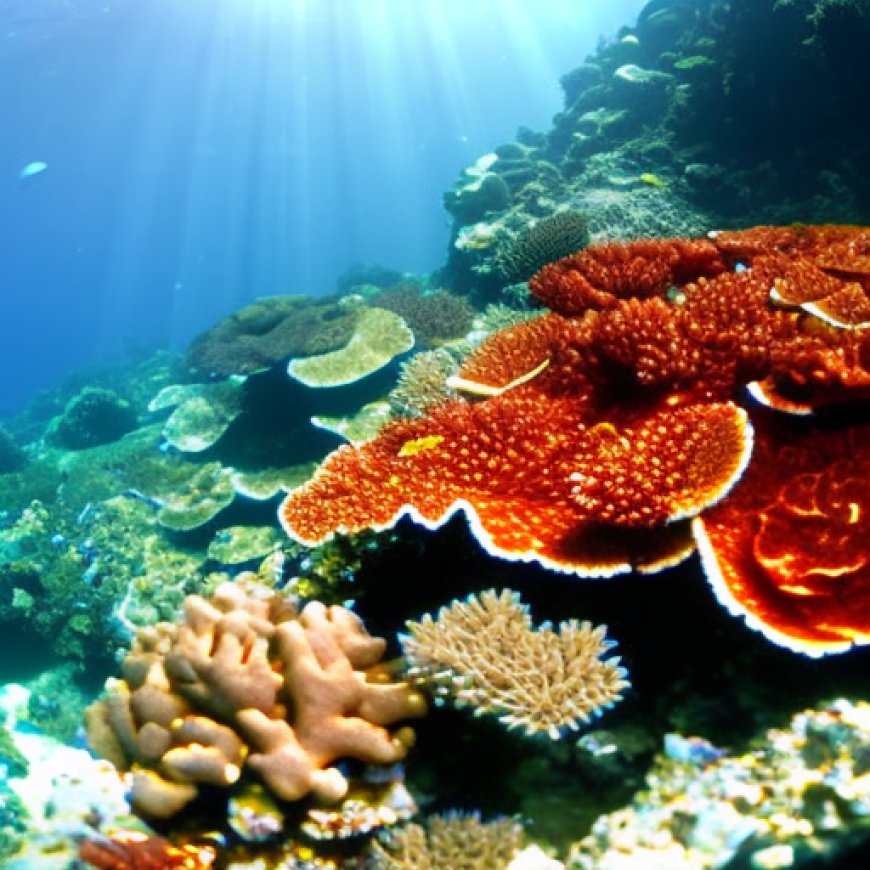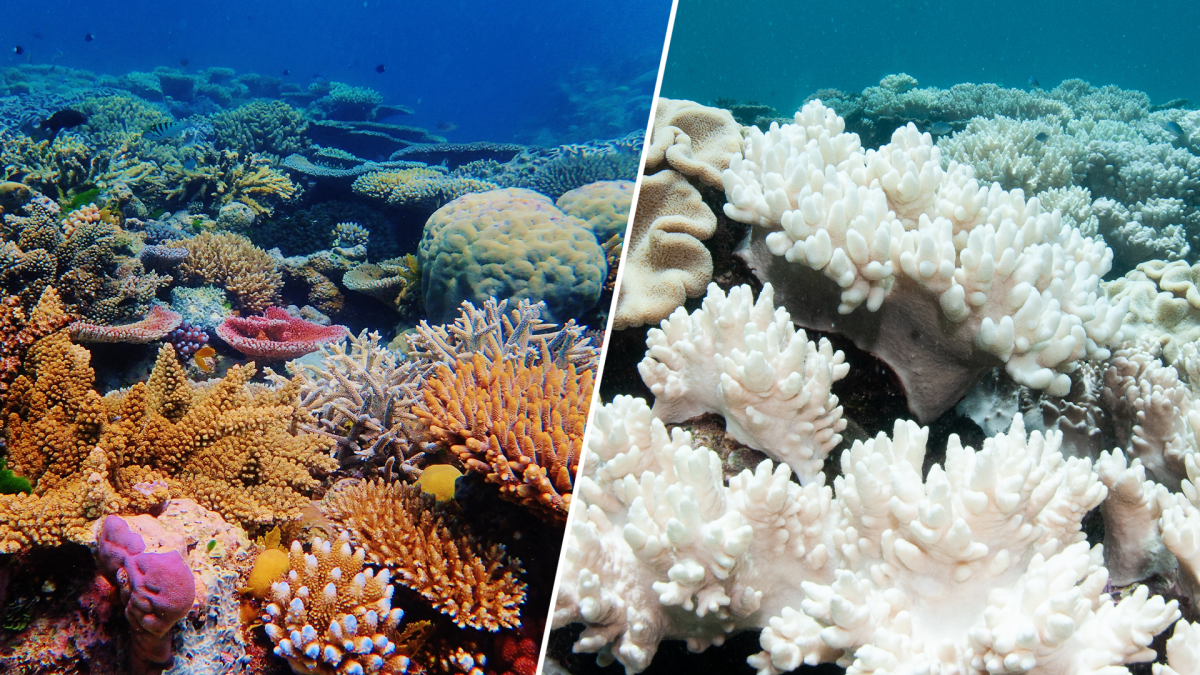The marine heat wave is ‘cooking’ coral reefs. Here’s how South Florida is being impacted
The marine heat wave is killing coral reefs. Here's how South Florida is being impacted NBC 6 South Florida


South Florida’s Coral Reefs in Danger from Rising Water Temperatures

South Florida’s coral reefs are facing a significant threat due to the rising water temperatures. The current temperatures are higher than ever recorded before, and this trend is expected to continue throughout the summer months. This poses a serious risk to the health and survival of the coral reefs in the region.
The Impact of High Temperatures on Coral Reefs
The high temperatures cause corals to bleach, resulting in the loss of symbiotic algae that give them their vibrant colors. This bleaching process is expected to occur for a longer period than ever before, leading to a high level of coral mortality. The situation is alarming for researchers and scientists who study these ecosystems.
Dr. Abigail Renegar, a coral researcher at Nova Southeastern University, expressed her concerns about the multiple stressors that Florida’s reefs face. In addition to the high temperatures, stony coral tissue disease and pollution from stormwater runoff further contribute to the degradation of the reefs.
The Grim Forecast for South Florida’s Reefs
Unfortunately, there is little that can be done in the short term to cool off the water and mitigate the impact of high temperatures on the coral reefs. Bill Precht, a coral researcher with decades of experience, compared the situation to a hurricane approaching and emphasized the lack of control humans have over natural processes.
However, scientists are exploring genetic engineering as a potential solution to develop corals that can tolerate higher water temperatures. The challenge lies in scaling up this approach and determining how many corals can be genetically modified to withstand the rising temperatures.
The Economic and Ecological Consequences
The coral reefs in South Florida play a crucial role in the local economy, contributing an estimated $7.5 billion. The ecotourism and fishing industries heavily rely on the health and vitality of these reefs. The combination of climate change, El Nino, and other stressors poses a devastating impact on both the ecological and economic aspects of the region.
Unfortunately, there is no relief in sight as the waters continue to heat up due to ongoing climate change. The long-term adaptability of corals to these increasing temperatures remains uncertain, further exacerbating the concerns of researchers and scientists.
SDGs, Targets, and Indicators
| SDGs | Targets | Indicators |
|---|---|---|
| SDG 13: Climate Action | Target 13.3: Improve education, awareness-raising, and human and institutional capacity on climate change mitigation, adaptation, impact reduction, and early warning | – No specific indicators mentioned in the article |
| SDG 14: Life Below Water | Target 14.2: Sustainably manage and protect marine and coastal ecosystems to avoid significant adverse impacts, including by strengthening their resilience and taking action for their restoration, to achieve healthy and productive oceans | – No specific indicators mentioned in the article |
| SDG 15: Life on Land | Target 15.1: By 2020, ensure the conservation, restoration, and sustainable use of terrestrial and inland freshwater ecosystems and their services, in particular forests, wetlands, mountains, and drylands, in line with obligations under international agreements | – No specific indicators mentioned in the article |
1. Which SDGs are addressed or connected to the issues highlighted in the article?
The issues highlighted in the article are connected to SDG 13: Climate Action, SDG 14: Life Below Water, and SDG 15: Life on Land.
2. What specific targets under those SDGs can be identified based on the article’s content?
Based on the article’s content, the specific targets that can be identified are:
– Target 13.3: Improve education, awareness-raising, and human and institutional capacity on climate change mitigation, adaptation, impact reduction, and early warning (under SDG 13: Climate Action)
– Target 14.2: Sustainably manage and protect marine and coastal ecosystems to avoid significant adverse impacts, including by strengthening their resilience and taking action for their restoration, to achieve healthy and productive oceans (under SDG 14: Life Below Water)
– Target 15.1: By 2020, ensure the conservation, restoration, and sustainable use of terrestrial and inland freshwater ecosystems and their services, in particular forests, wetlands, mountains, and drylands, in line with obligations under international agreements (under SDG 15: Life on Land)
3. Are there any indicators mentioned or implied in the article that can be used to measure progress towards the identified targets?
No specific indicators are mentioned or implied in the article that can be used to measure progress towards the identified targets.
Behold! This splendid article springs forth from the wellspring of knowledge, shaped by a wondrous proprietary AI technology that delved into a vast ocean of data, illuminating the path towards the Sustainable Development Goals. Remember that all rights are reserved by SDG Investors LLC, empowering us to champion progress together.
Source: nbcmiami.com

Join us, as fellow seekers of change, on a transformative journey at https://sdgtalks.ai/welcome, where you can become a member and actively contribute to shaping a brighter future.







